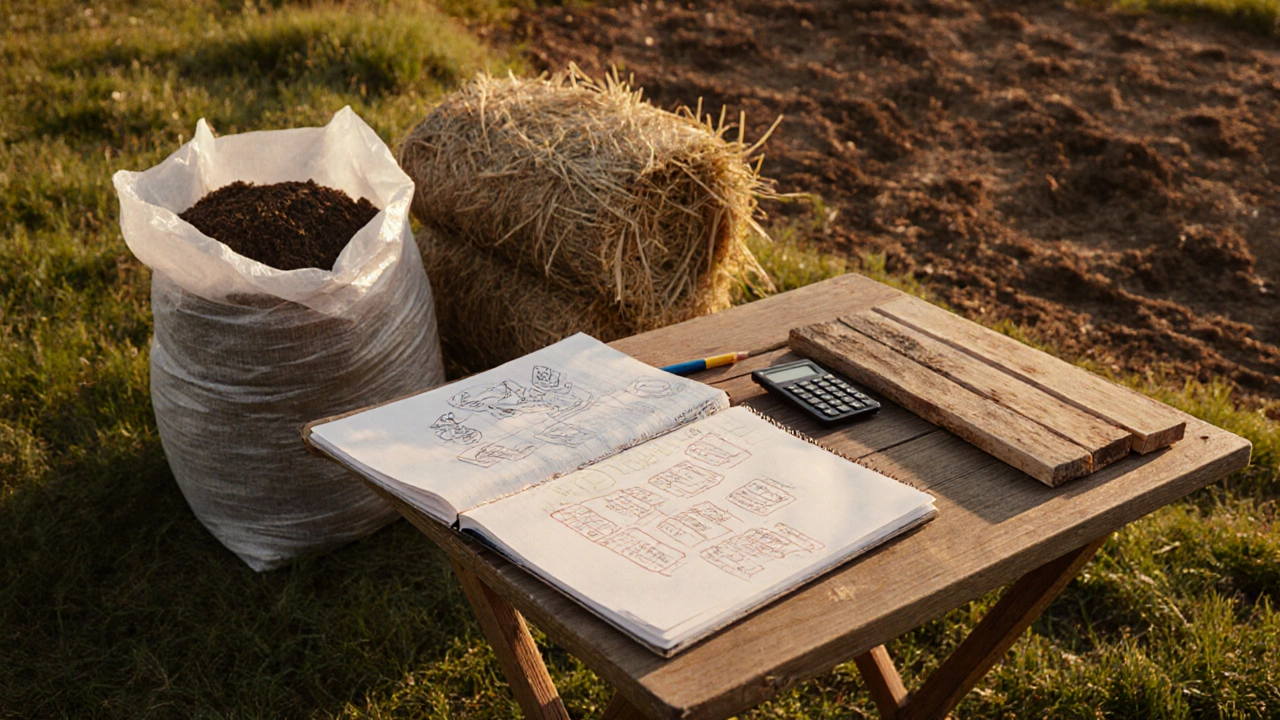DIY Green Building
When you start DIY green building, creating your own eco‑friendly structure using sustainable methods and materials. Also known as self‑help sustainable construction, it gives you full control over cost, carbon footprint, and comfort.
It sits inside the broader world of sustainable architecture, the design discipline that balances environmental performance with aesthetics and function. Sustainable architecture influences DIY green building by providing proven strategies for low‑impact design, such as passive solar orientation and natural ventilation. In practice, the two overlap: a DIY project often borrows the same climate‑responsive layout principles that a professional firm would use.
One of the biggest decisions you’ll face is choosing eco‑friendly materials, building supplies that minimize embodied carbon, waste, and toxicity. Think reclaimed timber, hempcrete, or recycled insulation. These materials reduce the overall carbon budget of your build and often offer better insulation values, meaning the finished structure uses less energy to heat or cool. Selecting the right material set is the first step toward achieving high energy efficiency, a core goal of any DIY green building effort.
Energy efficiency isn’t just about the walls; it’s a full‑system game. Installing high‑performance windows, sealing gaps, and adding heat‑recovery ventilation are all DIY‑friendly upgrades that pay off quickly. The principle is simple: the less energy you need, the smaller your utility bills and the lower your greenhouse‑gas emissions. In many cases, a well‑sealed envelope paired with renewable energy sources – like a modest solar PV array – can make a modest cottage run almost off‑grid.
Why DIY green building matters
Because you handle the project yourself, you can avoid the premium that traditional contractors charge for so‑called “green” certifications. This makes it possible to meet standards such as Passivhaus or BREEAM on a shoestring budget. Moreover, the hands‑on experience teaches you how a building works, which translates into better long‑term maintenance and fewer surprises down the line. In short, DIY green building DIY green building empowers you to create a healthier home while keeping costs transparent.
The collection of articles below reflects the full spectrum of this field. You’ll find posts that expose the hidden costs of green buildings, explain how tiny houses deliver real environmental benefits, and compare glamping cabins with traditional cottages. There’s also practical advice on choosing the right insulation, understanding embodied carbon, and navigating LEED certification when you decide to go beyond the basics. Whether you’re a first‑time renovator or an experienced self‑builder, the range of topics will give you actionable insight.
Ready to dive deeper? The following posts break down each subtopic, share real‑world numbers, and point you toward tools and resources that make DIY green building achievable. Let’s get started and turn your sustainable vision into a concrete reality.
Build a Cheap Eco‑Friendly House: Step‑by‑Step Guide
Learn how to design and construct an affordable, eco‑friendly house with step‑by‑step guidance on materials, passive solar design, cheap renewable energy, and water management.
- Oct, 8 2025
- 0 Comments
